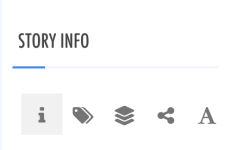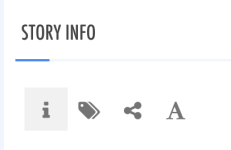theWollstonecraftWoman
Virgin
- Joined
- Sep 13, 2022
- Posts
- 1,627
Views are not reads. You are creating preferential treatment for popular categories and a negitive handicap for those that aren't. How is that better?
There must be a formula to Combine the two averages to create one rating however maybe it should give more of a percentage of up for current rating. Then use a smaller average by views. Like a 70% rating and 30% views= x for overall rating.




